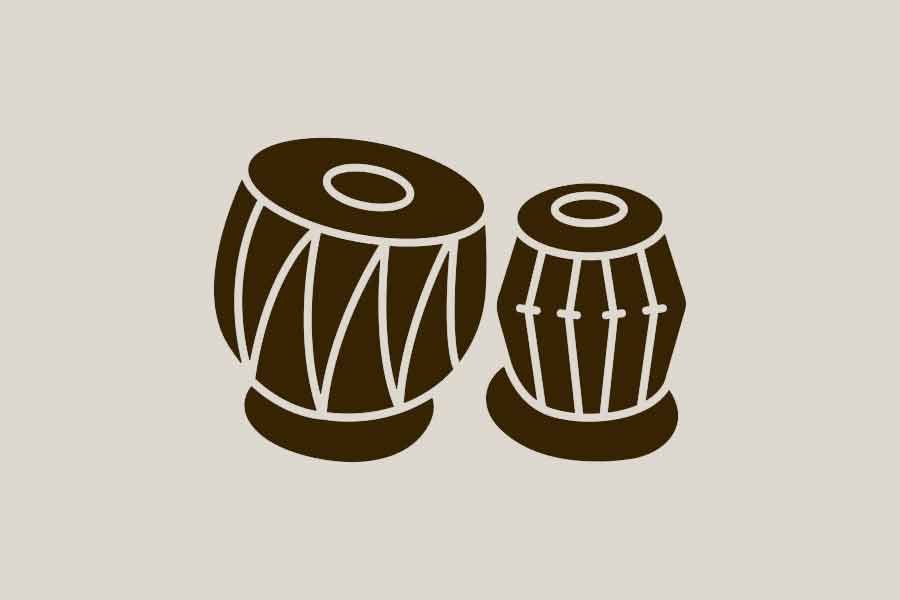Most of the musicologists call the drum the earliest of musical instruments. There were several types of drums used by the early humans. Most were used to announce and communicate with other neighbourhoods about impending invasions by enemies. The drums were used in a way the modern man uses the wireless. The person who receives the news first beats his drum in a particular rhythm. Upon hearing the sound, another person in another village beats his drum in a similar manner to pass the news on to yet another village head. He then beats his drum to send the news to the people in the village next to his, and so on. Drums are still in use by the indigenous people in many parts of the world --- especially in the deep forests of Sub-Saharan Africa.
However, drums are used today as an essential musical instrument to help the lead artistes keep track of the tune of a musical composition. Belonging to the percussion group, the drums have gone through a continuous evolution. Apart from their different large and small sizes, it has assumed myriad shapes and names. In the Sub-continent, they are known as 'dhole', 'tabla', 'bango', 'madol' etc. Despite being mainly vocal, the music of Bengal remains incomplete without a percussion instrument. There are also stringed instruments such as 'ektara', 'dotara', 'sarengi' etc. There is also the age-old woodwind instrument of flute. 'Dotara' is the most widely used musical instrument in Bangladesh, in fact in the whole Bengal. The two-stringed 'dotara' could be termed a typical South and West Asian musical instrument. Apart from the Indian sub-continent, the instrument's use extends up to Turkey, crossing through Pakistan, Afghanistan and Iraq. To the north, the instrument covers the whole Central Asia. In many areas of the region, Bengal's 'dotara' is known as 'dotar'. The folk songs, especially those belonging to the mystical genre, of Bangladesh cannot be performed without a 'dotara'. Even in the times of the widespread dominance of harmonium, guitar and accordion, folk songs cannot be thought of without a 'dotara'.
'Dotara' can also be played without songs --- which is in practice in many West Asian countries. In Bangladesh, a number of artistes attained legendary status by playing 'dotara'. Against this backdrop, the campaign orchestrated by a section of people to banish 'dotara' and all musical instruments from society emerged as something comprising ominous signs. These groups have reportedly panicked the rural mystical singers by breaking their 'dotaras'. Thanks to the strong intervention by the rural socio-cultural activists, these music-haters stopped their activities.
There is a point to ponder deeply. An adverse time stares the rich heritage of the Bangla folk songs in the face. Due to a section of people's continued propaganda against music and all cultural activities, the artistes depending on the profession of musical performance to eke out a living may fall on bad times. Long known as music-loving, spending nights at open-air musical sessions, the villagers' insidious disinterest for music once seemed puzzling. The country's rural people have for ages demonstrated their passion for the songs of the soil. They have shown their apathy for the invading alien cultures branding them as something that contains the seeds of social disharmony. It's true, the waves of the Western and other alien music continue to slam the shores of the country's rural tranquility. It has its patrons in the neo-rich segments of the rural youths.
Despite being stuck in this confused situation, the staunchly optimist sections feel the common people will finally ditch all the cultural traits which are out to belittle the land's age-old musical tradition. Village people will not tolerate the banishment of 'dotara' or 'dhole'; nor will they allow the invading urban band groups to vitiate their idyllic peace with heavy metal.


